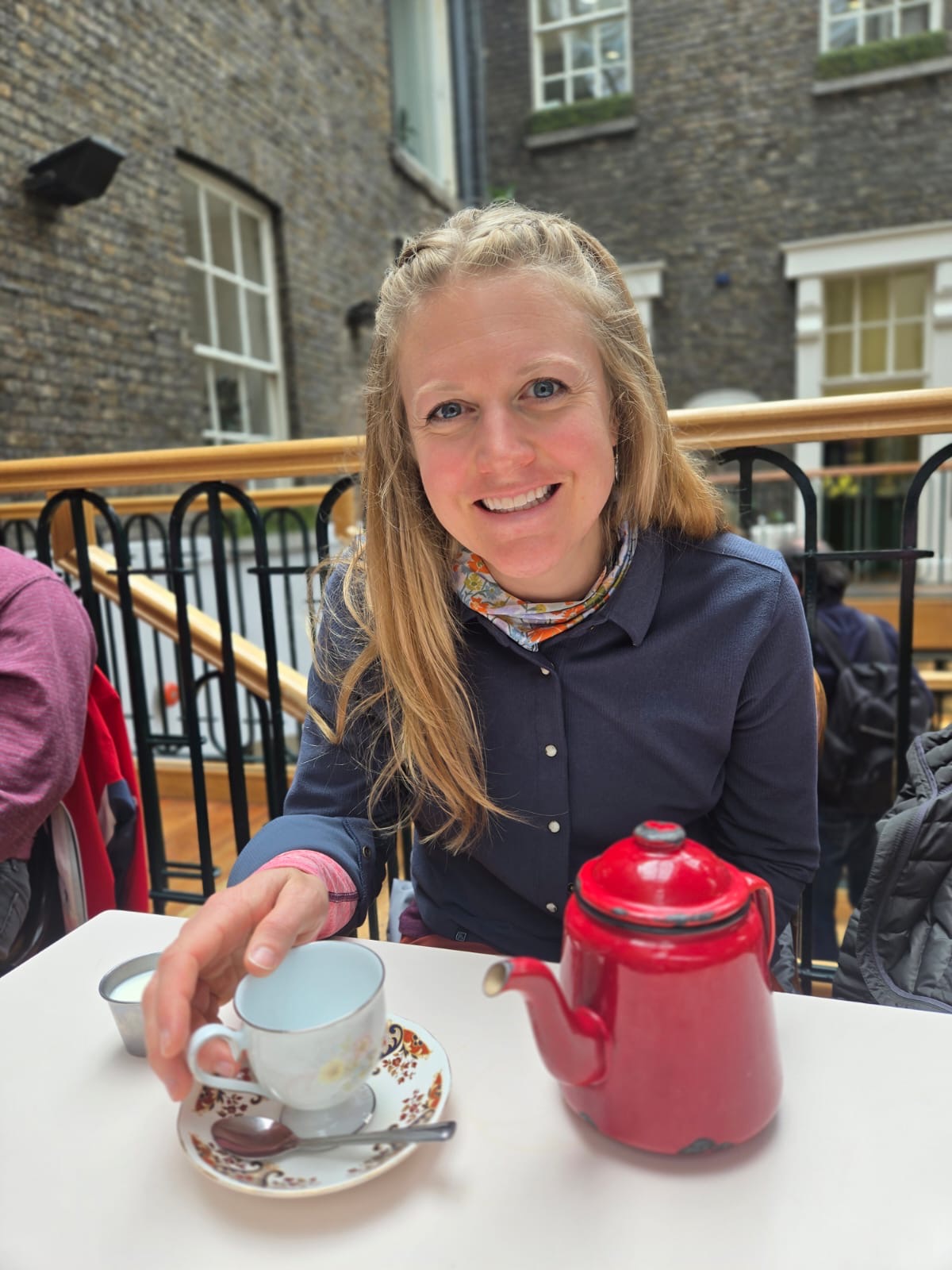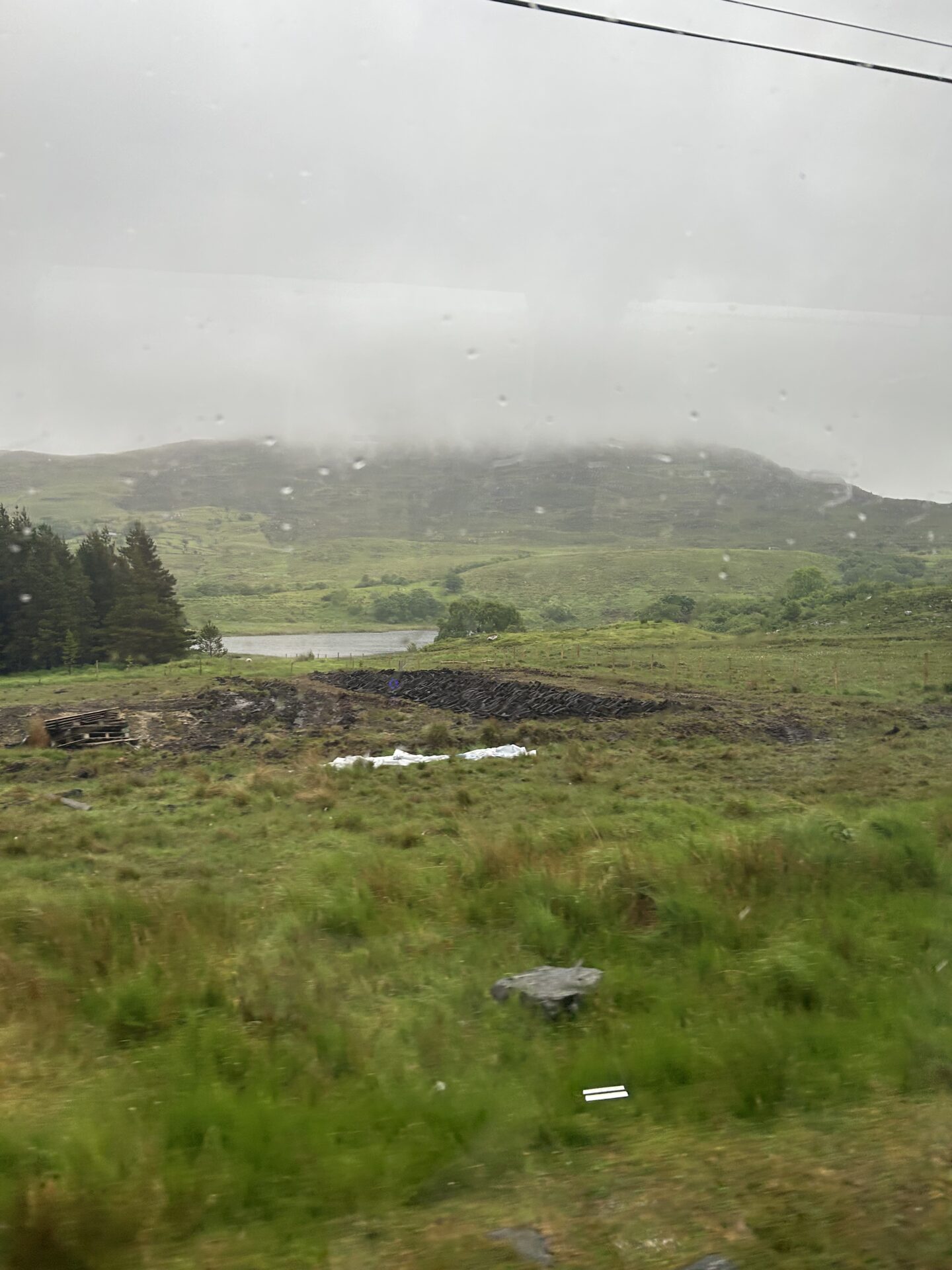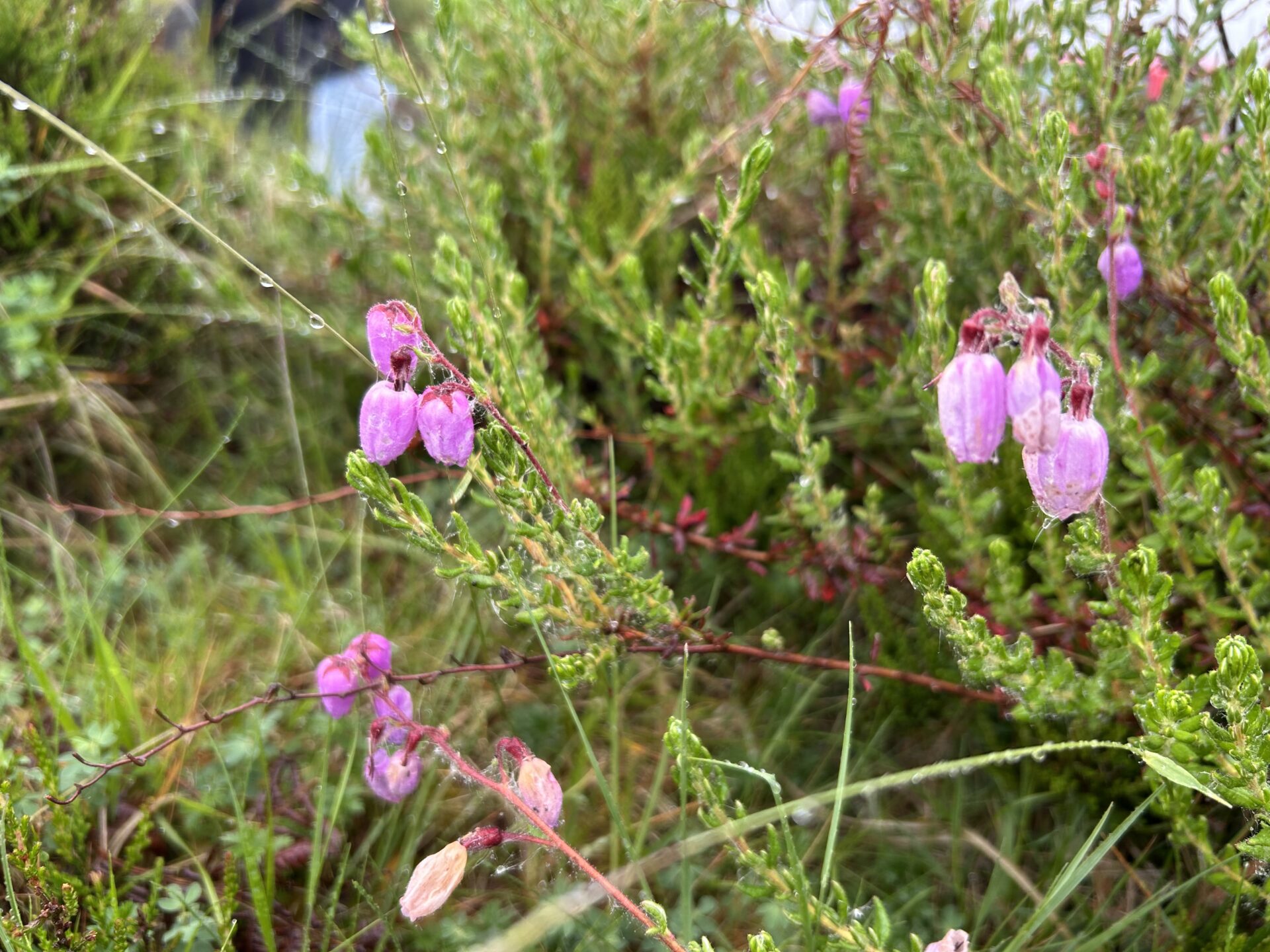In May, I found myself on a tour bus wearing a damp rain jacket, looking out the big windows at the rainy Irish countryside in the north part of County Galway. It was a long-awaited trip with my mother and my older sister, and the experience was as much about connecting with eachother as it was about learning about and visiting this vibrant and welcoming culture. With its insistent downpours, castle tour, garden walks, pub visits, and traditional music, the trip was fantastic, and the memories the three of us now have are invaluable.
 Like many others, I’ve found that visiting faraway places and people brings into sharper focus the place I call home, and this trip to Ireland was no different. I’ve always loved to learn about the natural landscapes around me, whether I’m home in the Eagle River Valley or investigating the biodiversity of a hedgerow on castle grounds in Europe. Irish boglands uniquely caught my interest this spring, and a highlight from the trip was a visit to the National Museum of Ireland on Kildare Street, where the archeology collection was available for viewing, including an exhibit featuring evidence of antiquity such as coins, pottery and bog bodies.
Like many others, I’ve found that visiting faraway places and people brings into sharper focus the place I call home, and this trip to Ireland was no different. I’ve always loved to learn about the natural landscapes around me, whether I’m home in the Eagle River Valley or investigating the biodiversity of a hedgerow on castle grounds in Europe. Irish boglands uniquely caught my interest this spring, and a highlight from the trip was a visit to the National Museum of Ireland on Kildare Street, where the archeology collection was available for viewing, including an exhibit featuring evidence of antiquity such as coins, pottery and bog bodies.
As I silently gazed through the glass panels at the human remains from the Iron Age, as well as the weapons, utensils, jewelry and more, I couldn’t help but imagine life in the wet boglands of Ireland. Bogs are wetlands that accumulate dead plant material to signficant depths and are typically centers of incredible biodiversity. In some bogs found in parts of Scotland, Ireland, and other parts of Europe, peat develops to great depths, and this material is later dried and burned as fuel. Because bogs are low in oxygen, material decomposes very slowly, and this characteristic of preservation is partly why bodies and artifacts like those I saw in the museum exist today.
Learning about the bogs brought to mind my experiences of fenlands in the Homestake Valley, in the southeastern part of the Eagle River Watershed. These unique and rare ecosystems share similarities with the bogs of Ireland, in that they are oxygen-poor and play important roles in their surrounding natural landscapes.

 During a collaborative Eagle River Coalition event the year prior, I’d been introduced to these ecosystems and the vast flora and fauna that can be found in these havens of biodiversity mere miles from I-70. When I learned about how the sponge-like layers material holds the snowmelt and groundwater from the mountain slopes above and slowly releases it into the waterways that braid through the valley and, later, the Eagle River itself, it inspired me to share about my fascination for the fens. During the event, I recall identifying several types of orchids and other flowers and plants, noting the diverse macroinvertebrates that were present in the creek nearby that indicated a healthy and functioning ecosystem, and learning about current threats to these invaluable landscapes.
During a collaborative Eagle River Coalition event the year prior, I’d been introduced to these ecosystems and the vast flora and fauna that can be found in these havens of biodiversity mere miles from I-70. When I learned about how the sponge-like layers material holds the snowmelt and groundwater from the mountain slopes above and slowly releases it into the waterways that braid through the valley and, later, the Eagle River itself, it inspired me to share about my fascination for the fens. During the event, I recall identifying several types of orchids and other flowers and plants, noting the diverse macroinvertebrates that were present in the creek nearby that indicated a healthy and functioning ecosystem, and learning about current threats to these invaluable landscapes.
Together with the team at Wilderness Workshop, the Eagle River Coalition will be hosting another exploration of fenlands this Saturday, June 28 – the Homestake Community Science Day, and at the time of this writing, there is still space for additional participants. Registration is required, and although the program is free to attend, we suggest a donation of $20 for event coordination and a provided lunch for all participants.
